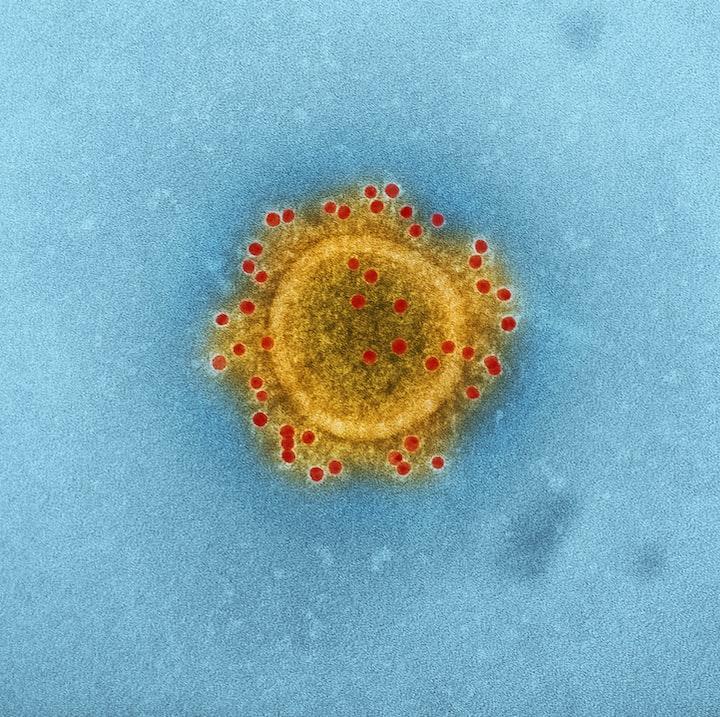High CRP levels can be caused by infections, inflammation, or cancer. Infections that cause high CRP levels include bacterial infections, such as pneumonia and cellulitis; viral infections, such as hepatitis C; and parasitic infections, such as malaria. Inflammatory conditions that can cause high CRP levels include rheumatoid arthritis, Crohn’s disease, and lupus. Cancer that can cause high CRP levels includes leukemia and lymphoma.
Bacterial infections, such as sepsis, a severe and sometimes life-threatening condition
Bacterial infections are a leading cause of high levels of CRP in the blood. Sepsis, a potentially life-threatening condition, is caused by the body’s response to an infection. The immune system releases chemicals into the bloodstream to fight the infection, and this can lead to inflammation throughout the body. This can cause a wide range of symptoms, including fever, chills, increased heart rate, increased breathing rate, and confusion. If not treated promptly and effectively, sepsis can lead to organ failure and death.
A fungal infection
A fungal infection is any infection caused by a fungus, a microorganism that can grow both indoors and outdoors. The most common type of fungal infection is athlete’s foot, which usually affects the feet and toes. Other types of fungal infections include yeast infections, jock itch, ringworm, and nail fungus. Fungal infections can occur in anyone at any age, but they’re more common in people who have diabetes or a weakened immune system.
Inflammatory bowel disease, a disorder that causes swelling and bleeding in the intestines
Inflammatory bowel disease (IBD) is a disorder that causes swelling and bleeding in the intestines. IBD is a chronic condition, which means it can last for months or years, and may come and go. The two main types of IBD are Crohn’s disease and ulcerative colitis.
Crohn’s disease affects the entire digestive tract, from the mouth to the anus. Ulcerative colitis only affects the large intestine (colon) and the rectum. Both conditions are characterized by inflammation of the intestines, which can lead to a variety of symptoms such as abdominal pain, diarrhea, fever, weight loss, and fatigue.
The exact cause of IBD is unknown, but it is thought to be due to a combination of genetic and environmental factors. Some research suggests that IBD may be caused by an overactive immune system response to bacteria in the gut. People with IBD are more likely to have family members with the condition, which suggests that genetics may play a role in its development.
There is no cure for IBD at this time; however there are treatments available that can help manage symptoms and keep the condition under control long-term. Treatment typically involves medication (such as anti-inflammatory drugs or immunosuppressants) as well as lifestyle changes (such as following a special diet). Surgery may also be necessary in some cases if medications fail to adequately control symptoms or if complications develop such as intestinal blockages or fistulas (abnormal connections between different parts of the intestine).
An autoimmune disorder such as lupus or rheumatoid arthritis
An autoimmune disorder is a condition in which the body’s immune system mistakenly attacks healthy tissue. There are many different types of autoimmune disorders, but some of the most common include lupus and rheumatoid arthritis.
Lupus is a chronic, autoimmune disease that can damage any part of the body, including the skin, joints, kidneys, heart, lungs and brain. Lupus occurs when the body’s immune system produces antibodies that attack healthy tissue. The cause of lupus is unknown, but it is believed to be a combination of genetic and environmental factors.
Rheumatoid arthritis (RA) is another chronic autoimmune disease that primarily affects the joints. RA occurs when the body’s immune system produces antibodies that attack healthy tissue in the joints. This leads to inflammation and swelling of the joints, as well as pain and stiffness. RA can also affect other parts of the body such as the skin, eyes and lungs. The cause of RA is also unknown but it is thought to be due to a combination of genetic and environmental factors.
An infection of the bone called osteomyelitis
Osteomyelitis is an infection of the bone that can occur in any age group. It most often affects the long bones in the arms or legs, but it can also occur in the spine or other bones. The infection can be caused by bacteria, fungi, or other organisms.
Symptoms of osteomyelitis may include pain, swelling, warmth, redness, or drainage from the affected area. The symptoms may come on suddenly or develop over time. If the infection spreads to surrounding tissues or organs, more serious symptoms such as fever and chills may occur.
Osteomyelitis is diagnosed through a combination of medical history, physical examination, imaging studies (such as X-rays), and laboratory tests (such as blood cultures). Treatment for osteomyelitis typically involves a combination of antibiotics and surgery to remove any infected tissue. In some cases, prolonged hospitalization and intravenous (IV) antibiotic therapy may be necessary.
